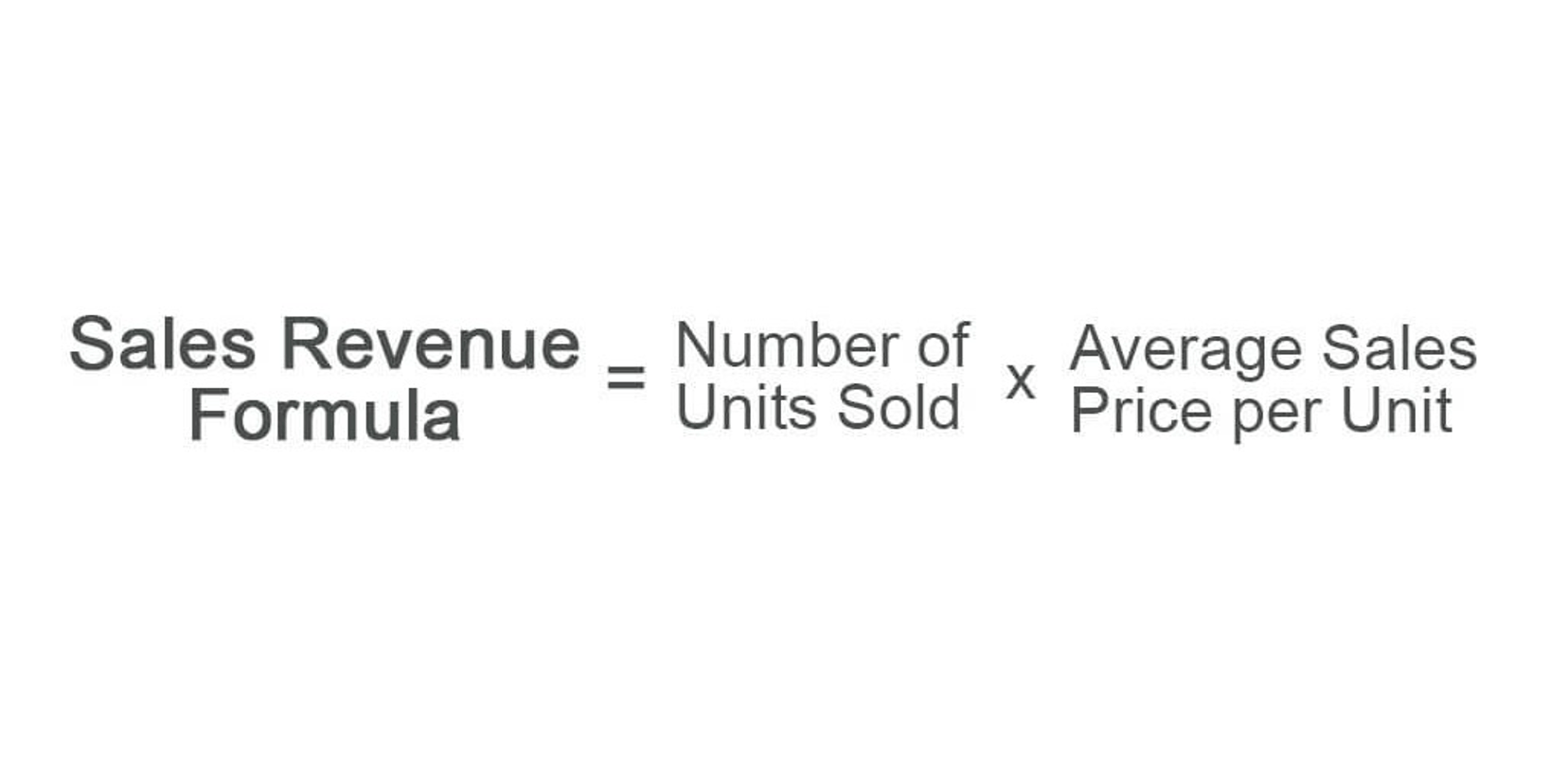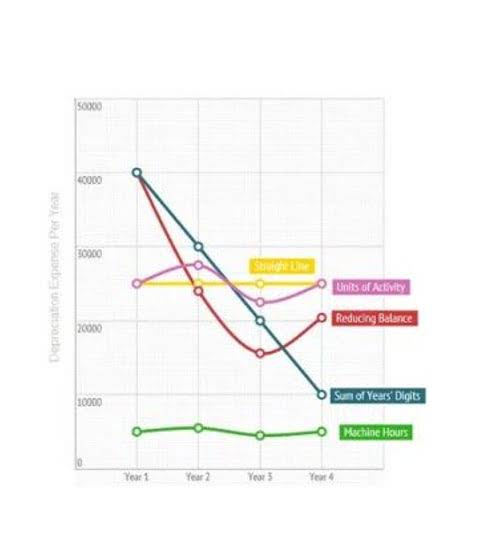
It also serves as a useful record of how your inventory materials are being used. There are many terrific small business accounting software applications available, but none of them are as versatile and comprehensive as QuickBooks Online. However, it isn’t always the best solution, especially if you only have very basic needs and wish to save money. While QuickBooks Enterprise remains available as a desktop solution, its starting price is nearly triple that of Sage 50—making it unaffordable for many small businesses.
How much does small business accounting software cost?
You started it to sell products, serve customers, and make money while you’re at it. But ecommerce bookkeeping is a necessary and important part of keeping your accounts in good shape. Digitally tracking your transactions empowers you to quickly generate relevant financial statements like your profit and loss statement, balance sheet, and cash flow statement. These reports give you quick insights into your business’s financial health, but you’ll also need them to acquire affordable financing like SBA loans or win over ecommerce venture capitalists. But it’s important to reiterate how essential it is for an ecommerce business. Some platforms offering ecommerce services have built-in inventory management tools.
Why inventory cash flow is crucial for retailers
- There is no free trial, but you can take a “test drive” in a hosted version of Sage 50 already completed with sample data.
- To make sure you’re paying all your required taxes to the right governmental entities, it’s best to consult with a tax professional or use tax filing software.
- At a glance, the process of e-commerce bookkeeping and accounting is very similar to the way it’s done in other industries.
- QuickBooks Online also syncs with a variety of payroll tools, including the accountant-friendly QuickBooks Online Payroll.
- However, you can still accept different payment types (primarily if you also sell in person).
With the retail method, you first need to determine your cost-to-retail ratio, which expresses your markup percentage. In the example above, imagine the items you purchased for $4 per unit are sold to your customers for $6.40 per unit. In addition to purchase and maintenance costs, you must track your actual sales as well as any inventory losses. Losses can result from theft, spoilage, damage, or other factors that make a piece of inventory unsellable. While of course you want to prevent inventory loss as much as possible, you should nevertheless be prepared to deal with it if and when it does occur.
- Master ecommerce bookkeeping with our comprehensive step-by-step guide.
- Sell directly to your customers from a landing page you create in minutes.
- The reason we give Xero an overall lower score than Zoho Books and QuickBooks Online is its lackluster mobile app and the absence of any form of live customer support.
- Your company will suffer if you don’t know what’s going on with your business bank account.
- Sales orders are common in retail businesses, where there’s very little time and variation between what customers ask for and what they receive.
Sales Tracking
- To know how your business is doing financially, you have to keep accurate records.
- After training, you can begin using the software but should also continue with the current software.
- But, you’ll want to consider permitting alternative payment methods like cash, checks, PayPal, and gift cards — especially if you do any business offline.
- This way you’ll always know your dues and can work around with the remaining income to accommodate a bigger expense — a new warehouse building, more advertising, or extra inventory.
- The LIFO method works well for retailers that are selling nonperishables such as clothing, books, jewelry or furniture.
- You’ll see how much money you have, how much you owe, and what trends may be right around the corner.
Ecommerce accounting is the practice of recording, organizing, and managing all of the financial data and transactions relevant to the operation of an ecommerce company. Think of it as a subset of small business accounting that is specifically set up to handle the unique needs of an ecommerce provider. But before you break out the champagne and call it a day, it’s important to have a plan for tracking and managing your income and expenses. Even if you’re a brick-and-mortar business, a web presence is essential. Creating a website doesn’t take long, either—you can have one done in as little as a weekend.

- Basically, bookkeeping is the process of tracking the money that goes in and out of your business.
- Double-entry bookkeeping records each transaction in two accounts as debit and credit to make sure your income, expenses, assets, and liabilities line up appropriately.
- This method takes the average cost of all inventory items sold, no matter when they were acquired, and applies this average cost to all inventory.
- After all, these individuals are well-versed in these areas and trained to complete the ecommerce accounting and bookkeeping tasks for you.
- If you sell products or services offline, include a page on your site where customers can find your locations and hours.
You don’t have to be a certified accountant to stay atop of your ecommerce finances. Don’t postpone expense categorization till the end of the month, or worse — end of the reporting year. With thousands of records to sift through, you will miss something important. Or a major omission that may require corrections in your tax returns.

Do some research to figure out the current competitors and market landscape for your product or service. Determine your target market and how you might sell to potential customers. Plan the logistics, bookkeeping for ecommerce business including when, where, and how you will proceed in the coming months. To find your niche, you’ll want to consider what type of product you want to sell, to whom, and how you will distribute it.
The first way of accounting for differences between shipping income and spending is to keep everything in one COGS Shipping Expense account. That means the flat rate shipping income and payments to shipping vendors (like UPS) go to the same place. You won’t be tracking the difference per se, but it ultimately won’t matter since they’re all COGS related. On top of that, many payment processors (including Stripe) don’t refund the merchant fee you paid just because a customer returns the item. So that fee becomes a loss for your business and has to be reflected that way in your books.

